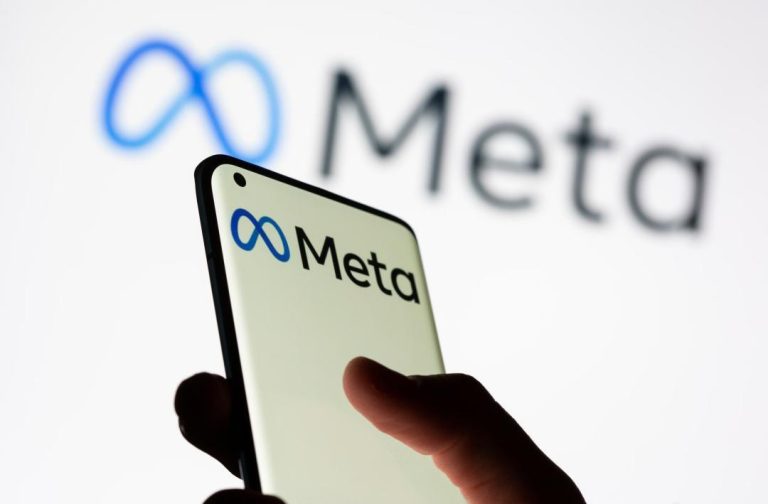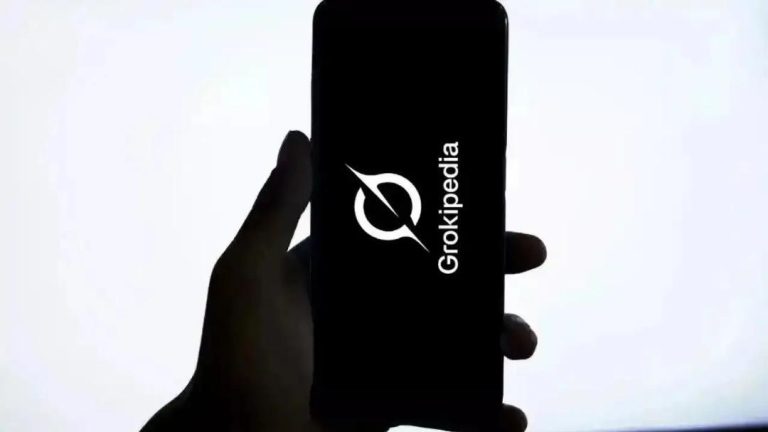
Insta Grabs Attention Fast; FB Builds Lasting Community & Loyalty
As marketers, we’re constantly seeking ways to build brand recall, drive engagement, and foster loyalty. In today’s digital landscape, two social media giants stand out as prime platforms for achieving these goals: Instagram and Facebook. While both platforms have their unique strengths, they serve distinct purposes in the grand scheme of social media marketing. In this post, we’ll explore the differences between Instagram and Facebook, highlighting why Instagram is ideal for grabbing attention quickly, while Facebook is better suited for building lasting community and loyalty.
Instagram: A Flash in the Pan
Instagram is all about instant gratification. Its algorithm is designed to prioritize content that grabs attention quickly, making it an ideal platform for brands looking to generate buzz and drive conversions. With an average user spend of 53 minutes per day, Instagram is a hub of activity, where users scroll through their feeds at lightning speed. This fleeting nature of Instagram content is both its greatest strength and weakness.
On one hand, Instagram’s fast-paced environment makes it an excellent platform for:
- Generating buzz around new products or services
- Driving conversions through catchy ads and promotions
- Building brand awareness through visually appealing content
On the other hand, Instagram’s ephemeral nature means that content can quickly disappear into the void, making it challenging to build lasting connections with users.
Facebook: A Hub of Community & Loyalty
Facebook, on the other hand, is a platform that prioritizes community engagement and loyalty. With over 2.7 billion monthly active users, Facebook is the largest social media platform in the world, offering a vast audience for brands to connect with. Facebook’s algorithm is designed to foster dialogue, encouraging users to comment, share, and engage with content.
Facebook’s strengths lie in its ability to:
- Build lasting relationships with users through regular updates and interactions
- Encourage user-generated content and community engagement
- Drive traffic and conversions through targeted ads and promotions
Facebook’s focus on community and loyalty also makes it an ideal platform for:
- Building brand advocates and loyal customers
- Fostering brand loyalty through regular updates and interactions
- Creating a sense of belonging among users
The Sweet Spot: Balancing Attention & Loyalty
So, how can brands balance the immediacy of Instagram with the stickiness of Facebook? The answer lies in understanding the unique strengths of each platform and adapting your content strategy accordingly.
For instance:
- Use Instagram for short-term campaigns and promotions that drive conversions quickly
- Leverage Facebook for long-term community building and loyalty initiatives
- Repurpose Instagram content on Facebook to extend its shelf life and encourage further engagement
- Use Facebook Groups to create a sense of community and belonging among users
By understanding the unique strengths of each platform, brands can create a balanced social media strategy that drives attention, engagement, and loyalty.
Conclusion
In conclusion, Instagram and Facebook are two distinct platforms that serve different purposes in the grand scheme of social media marketing. While Instagram is ideal for grabbing attention quickly, Facebook is better suited for building lasting community and loyalty. By understanding the unique strengths of each platform, brands can create a balanced social media strategy that drives attention, engagement, and loyalty.
Remember, it’s not about choosing one platform over the other; it’s about understanding how to leverage each platform to achieve your marketing goals.
Source:
https://www.growthjockey.com/blogs/instagram-vs-facebook-user-preferences-and-engagement






